History
Unique shipwreck find
In 1982, a Turkish sponge diver found strange looking objects on the seabed off the Mediterranean coast of Turkey near Kaş. He described them as ‘metal biscuits with ears’ (which later turned out to be metal ingots). This find led to one of the most amazing shipwreck discoveries of the Mediterranean. The wreck was called Uluburun after it's location. It was a shipwreck from the Late Bronze Age carrying a wealthy cargo. The Uluburun shipwreck was excavated by the Institute of Nautical Archaeology (INA, see references) over eleven seasons between 1984 and 1994. Over 22.000 dives were made to depths in excess of 150 feet.
The Uluburun ship was transporting a bulk cargo of copper and tin ingots, intended for the production of bronze. Other cargo included pottery, raw materials such as glass ingots, elephant tusks and faience beads and luxury items intended for a very specific and wealthy audience. Amongst this last category were ivory containers and gold jewelry. Personal items found on board such as cookware and weapons suggest a Syro-Canaanite crew and possibly Greek passengers.
Study of the hull and artefacts has given a unique insight into the Bronze Age, its material culture, economy, art and trade.
Dating
Finds from the ship suggest a date in the late 14th century BC. Examples of these are Mycenian pottery and an Egyptian scarab mentioning queen Nefertiti.
Dendrochronological research was done in 1996. Wood samples from the ship construction give a date of around 1400 BC. Fire wood from the cargo however was dated to 1316-1304. This last wood gives an indication of the date of the demise.
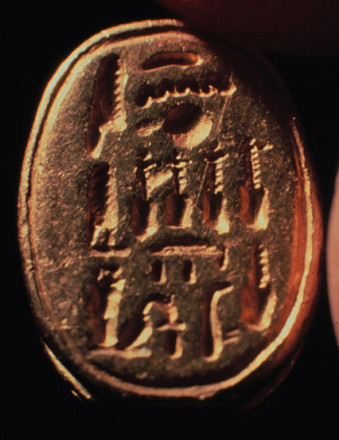
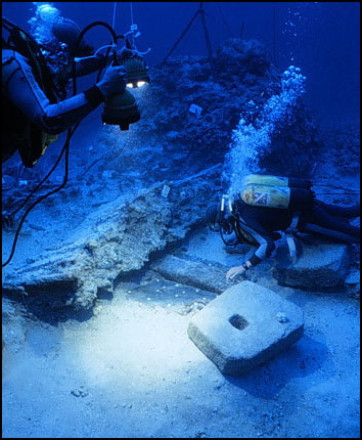
Finds and cargo
Amongst the artefacts were copper ingots from Cyprus, glass, faience, gold and ebony from Egypt. A scarab of queen Nefertiti (who ruled between 1352-1338 BC) was also found in the cargo. These finds give a very unique insight in the politics and economics of this area in this very early period.
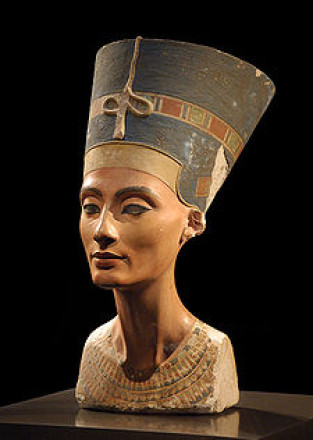
A total of six tons of copper ingots were stowed in the ship. The copper was analyzed and was found to come from copper mines in Cyprus, the main source of copper for this area in the Bronze Age.
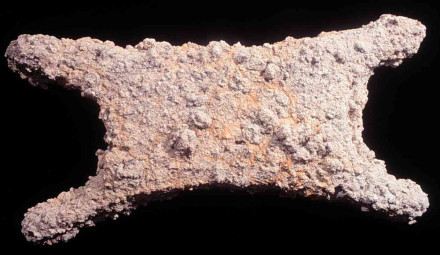
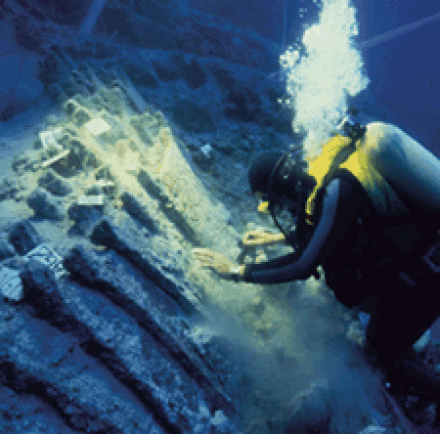
Description
Length: ca. 15 m.
Cargo weight: ca. 20 tons.
Hull material: cedar wood.
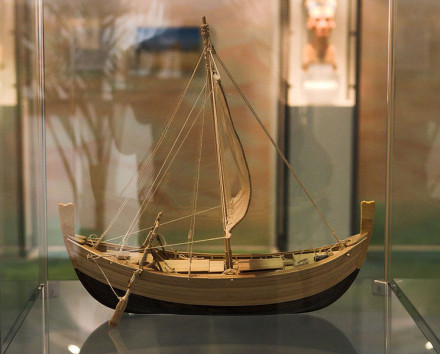
Status
The ship was about 15 meters long, carried about 20 tons of cargo and had one mast. The hull was constructed of cedar wood of edge-joined planks (using shell-based method of shipbuilding). This technique is known from later periods and was used in Phoenician, Greek and Roman ships. The ship carried at least 24 stone anchors with weights between 120 and 200 kg. These were probably also used as ballast.
The ship itself was built of Lebanese cedar, wood that was prized in antiquity, with the technique of pegged mortise-and-tenon joints, and possessed a proto-keel, a feature that would later develop into a proper keel.
Excavation
The shipwreck lay on a steep rocky slope at a depth of 44 to 52 m, with artifacts scattered down to 61 m. The INA made over 22.000 dives on the wreck to depths in excess of 150 feet. The team was led by INA's George Bass and Cemal Pulak. Part of the artefacts went to the Bodrum Museum of Underwater Archaeology that has a special exhibit on the ship.

References
- Institute of Nautical Archaeology.
Uluburun wreck. - Bodrum Museum.
Bodrum Museum.